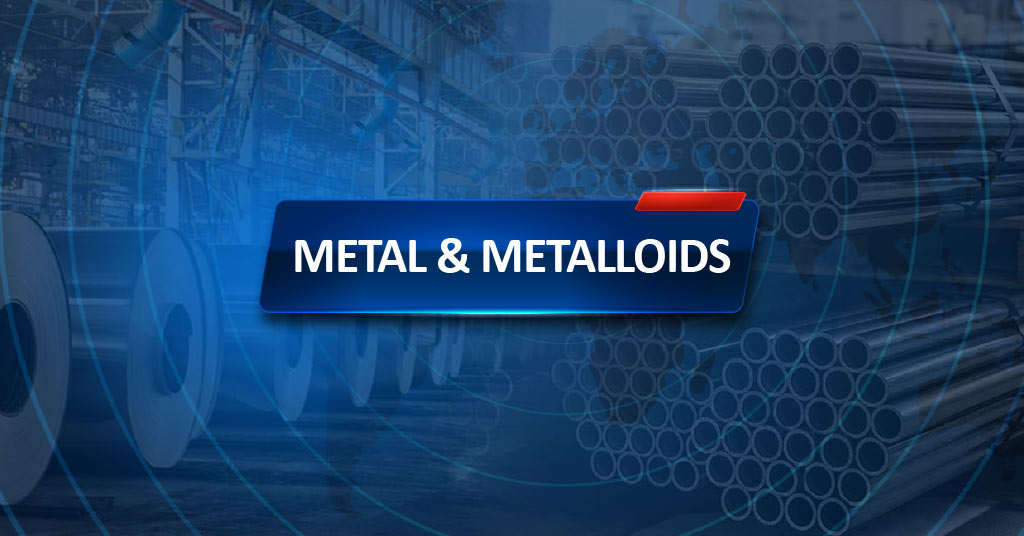Welcome To ChemAnalyst

China: Lithium chemical prices in China have taken a dip, leaving international spot markets buyers seeking discounted prices from suppliers. According to the Benchmark Lithium Price Index, there was a 6.2% decrease observed within the assessment period between February 22 and March 8.
Despite record-high spot prices in the previous quarter, international contract prices have held strong. Long-term deals have resulted in material deliveries at prices like the highs seen in the spot market, while certain cases have seen even higher contract prices than the current spot market.
Lithium Carbonate prices have dropped 6.6%, settling at US$58,721/t, while Lithium Hydroxide slipped 5.4% to US$65,185/t due to higher feedstock prices keeping Hydroxide from dropping as much as Carbonate. The biggest changes were seen in the spodumene concentrate market which fell 10.8% to US$5,350/t.
New report reveals that hard-rock Lithium sources, which account for 60% of global mined Lithium supply, can be up to 3x more Carbon-intensive than Brine sources. Top 20 producers of Lithium chemicals from hard-rock sources have higher Carbon emissions than those from Brine sources due to the energy-intensive production process.
Lithium Hydroxide production is a process that is taking a toll on the environment, largely due to its energy-intensive nature. Producing Lithium Hydroxide from spodumene requires significant electricity consumption, and over half of the associated emissions come from China's electricity grid or the production of spodumene concentrate. This reliance on fossil fuels for power generation in both Australia and China contributes to these high emission rates.
The Carbon footprint associated with the production of Lithium Carbonate from Brine sources is surprisingly low -- just 6%. The largest source of emissions comes from producing Soda ash (29%), which is used to precipitate out the Lithium Carbonate from the Brine solution.
The production of hard-rock Lithium is more water-intensive than the processing of its Brine counterpart, according to Benchmark. Both approaches bear their own environmental burdens and risks that need to be managed in order to reduce the overall ecological impact.
The traditional evaporation process for obtaining Lithium from Brine has limited application, but direct extraction technology is projected to make up nearly one-sixth of the overall Lithium mining market in the next decade.
We use cookies to deliver the best possible experience on our website. To learn more, visit our Privacy Policy. By continuing to use this site or by closing this box, you consent to our use of cookies. More info.
